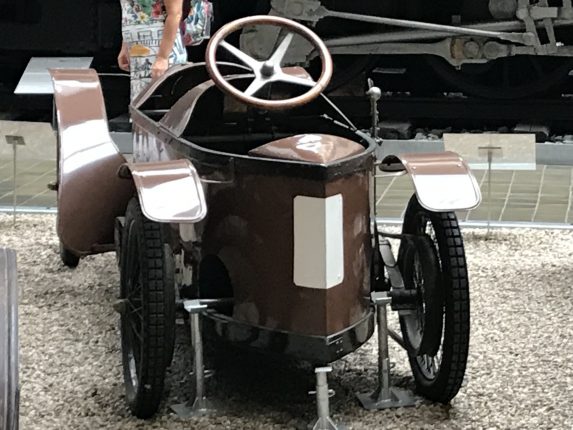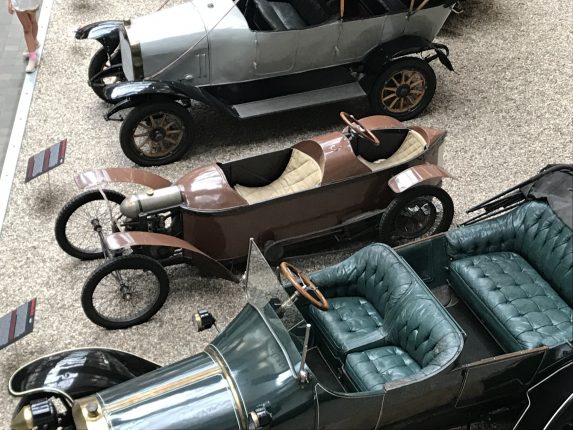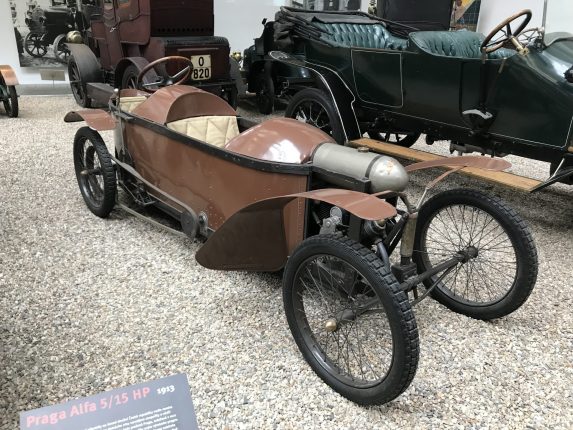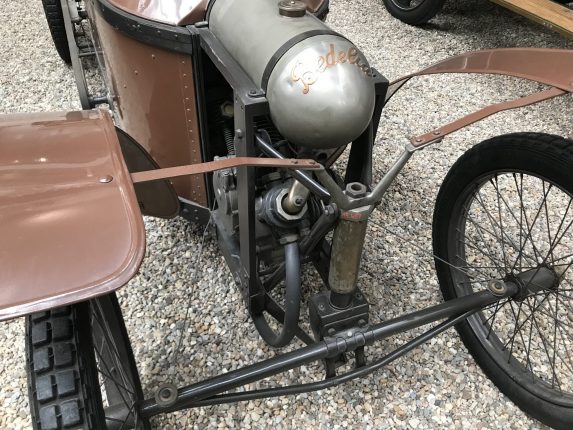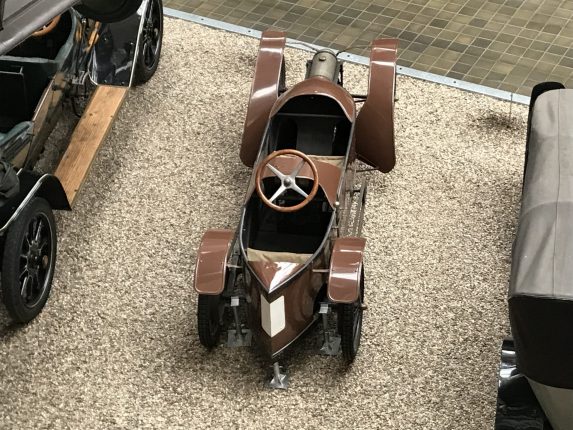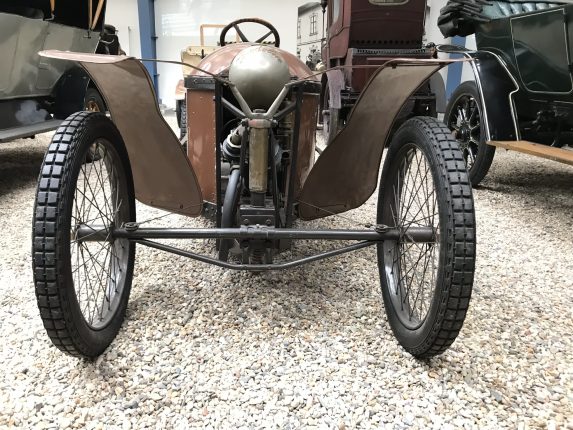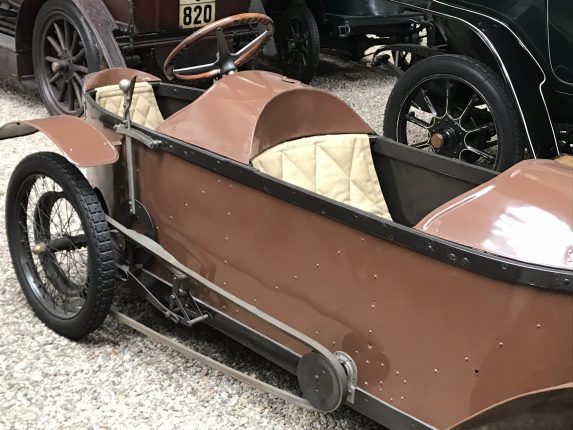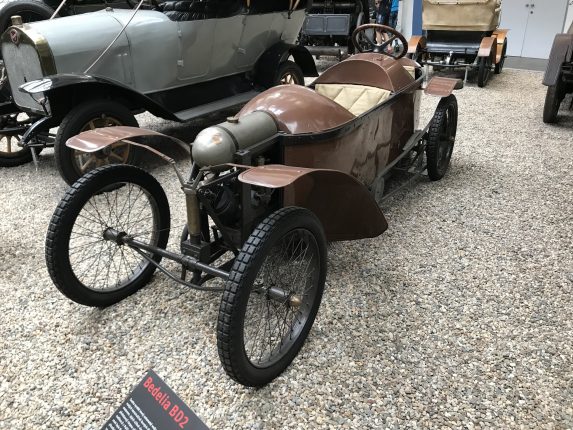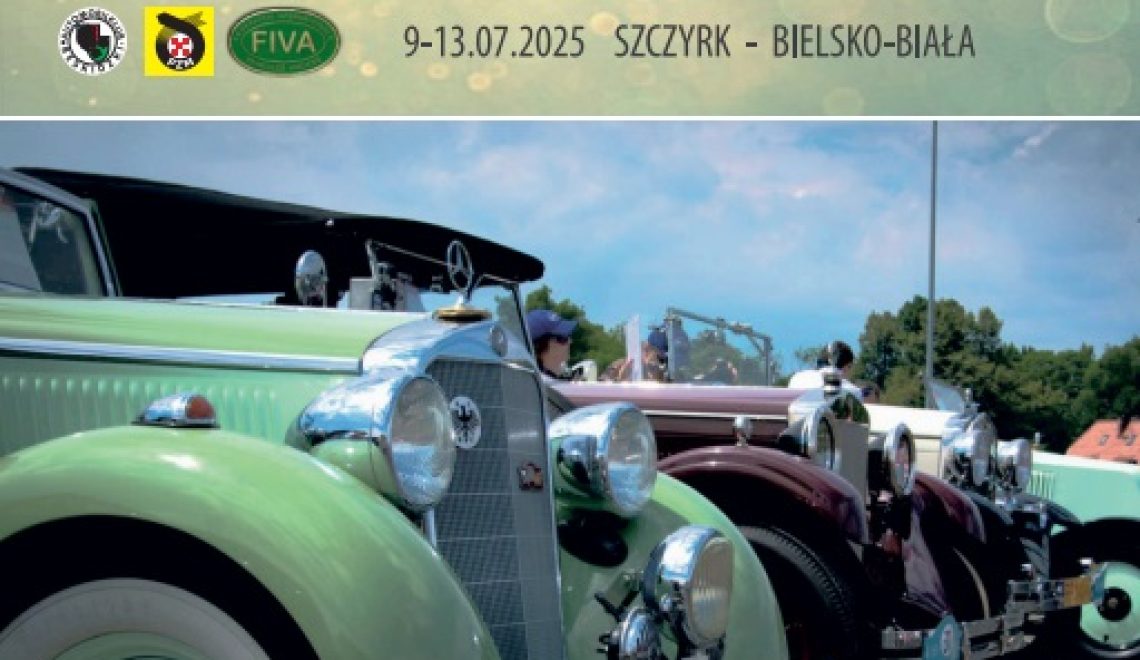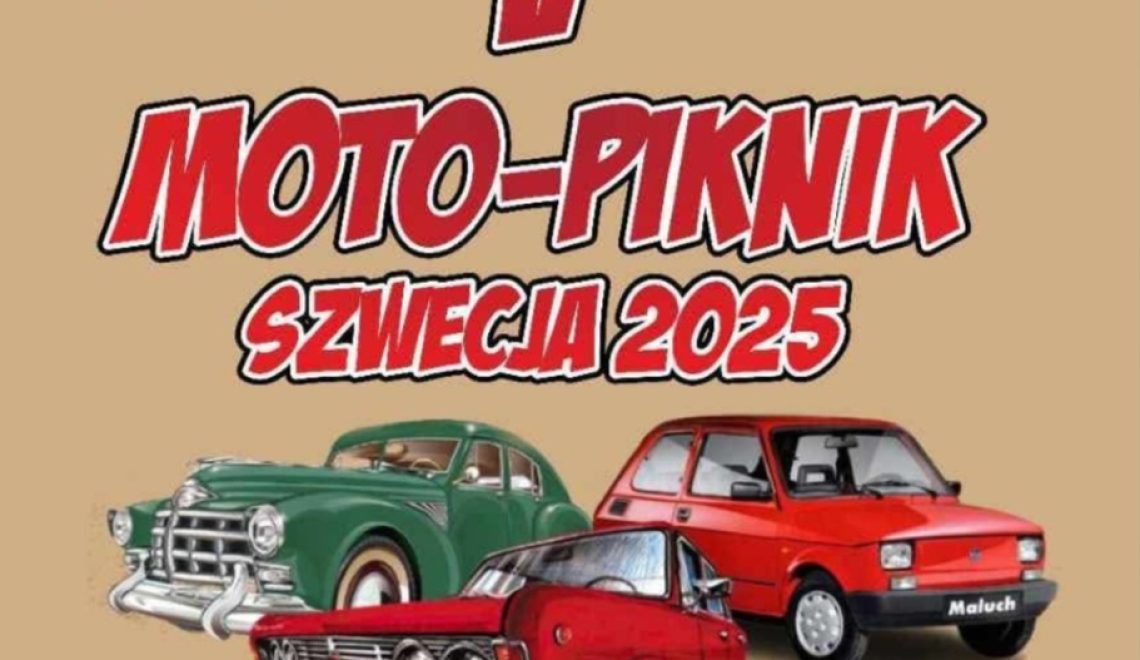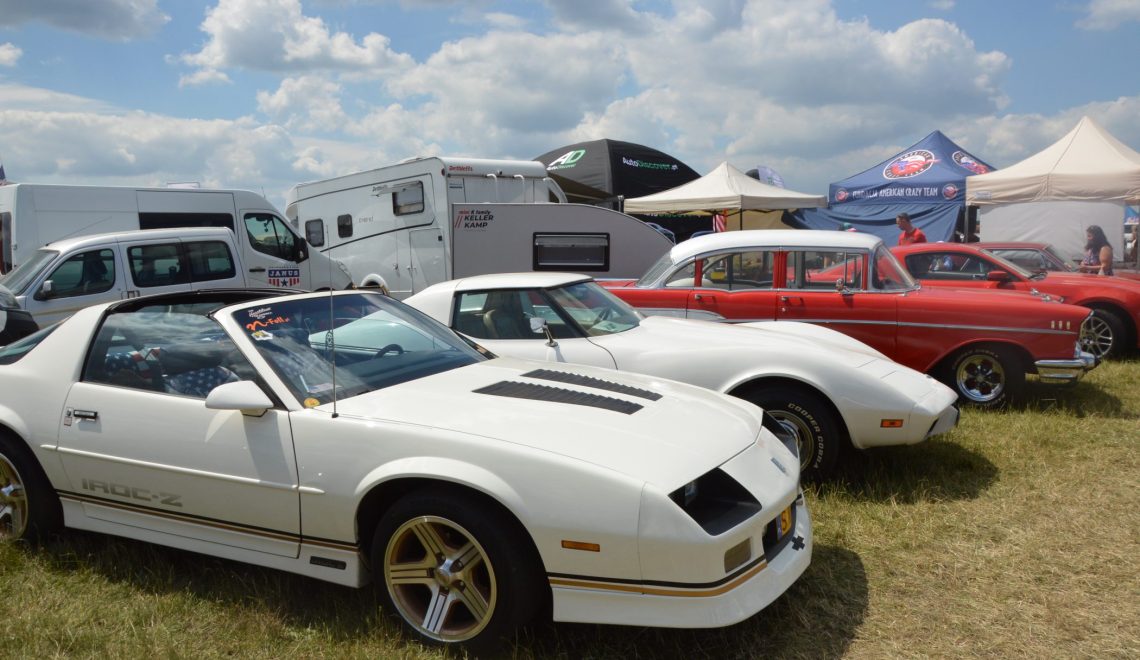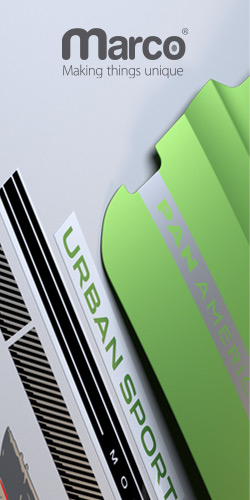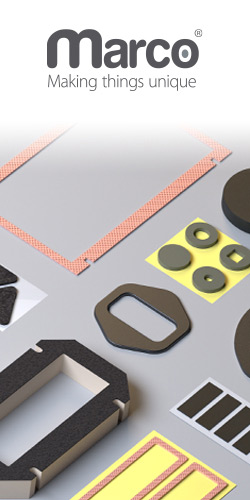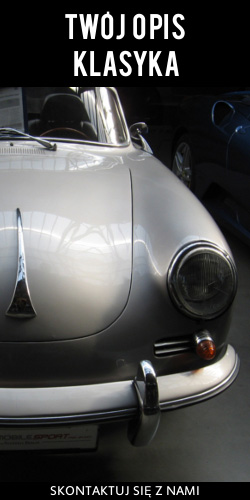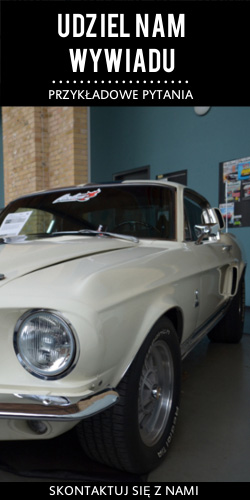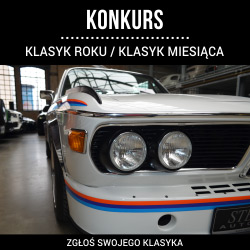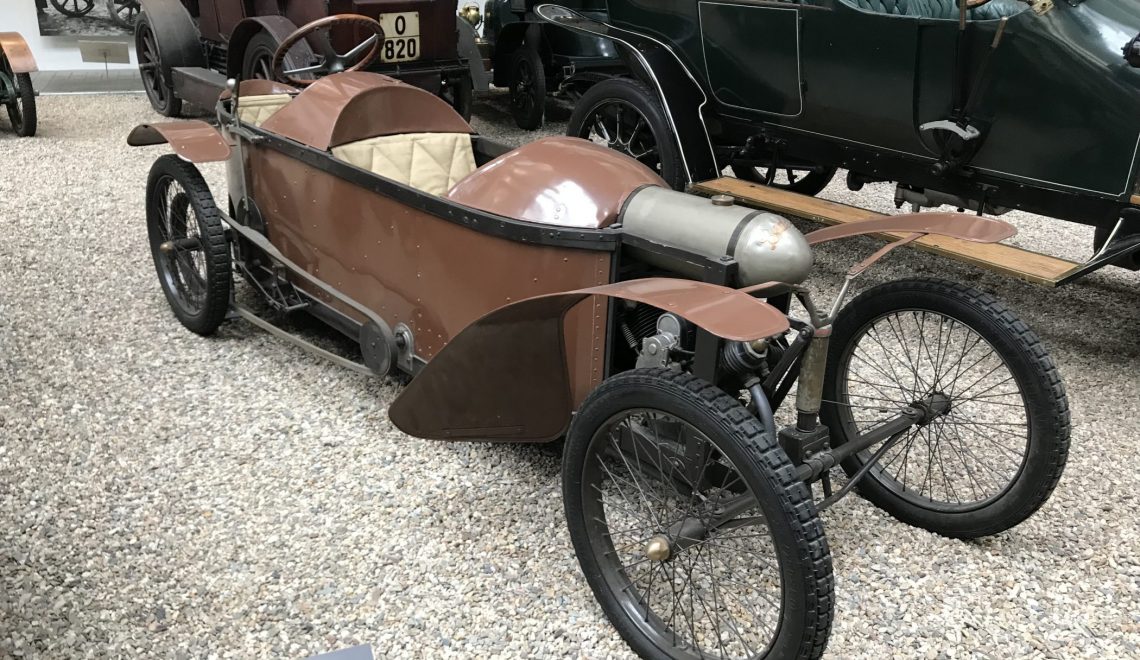
Próba wyprodukowania taniego samochodu doprowadziła już w okresie przed I wojną światową do pojawienia się małych, tanich trzy- lub czterokołowych mini samochodów (cyclecar), często wyposażonych w silnik motocykla. Ich cechy użytkowe były często bardzo problematyczne.
Producent: R. Bourbeau & H. Devaux, Paryż, Francja
Pojemność silnika: 1005 cm3
Wydajność: 8 bhp / KM
Maksymalna prędkość: 80 km/h
Prawdopodobnie najsłynniejszym cyclecar była Bedelia, zaprojektowana przez dwóch młodych entuzjastów z Paryża, z których ponad dwa tysiące wyprodukowano w latach 1910–1925. Wiele Bedelias zostało sprowadzonych na ziemie czeskie, a najbardziej z nich znana zachowała się w kolekcji Narodowego Muzeum Techniki.
The endeavour to produce a cheap car had already led in the period before the First World War to the arrival of cyclecars – small cheap three or four-wheel minicars, often fitted with a motorcycle engine. Their utility features were often very problematic and they represent a blind alley in automobile history. Probably the most famous cyclecar was the Bedelia, designed by two young enthusiasts in Paris, more than two thousand of which were produced between 1910 and 1925. A number of Bedelias were imported into the Czech Lands and the most renowned of these is preserved in the National Technical Museum collection. It had the nickname “Runaway Suitcase” and is also recorded in the annals of domestic motor sport. With this car, in April 1914 Josef Chlad won the cyclecar category in the most important domestic hill climb race, the Zbraslav-Jiloviště.
Cyclecar with an air-cooled four-stroke vee twin-cylinder engine placed cross-wise behind the front axle and with rear-wheel drive.
Źródło:
Národní technické muzeum
Kostelní 42, 170 78 Praha 7
www.ntm.cz





